Why Your Tap Water Is Not as Clean as You Think
Most of us grab a glass from the cupboard and fill it from the sink, believing the water that comes out – the water that we pay for – is clean and safe. However, that’s not always the case.
You may be surprised to find out what is (and isn’t) regulated when it comes to our drinking water.
Isn’t Tap Water Safe to Drink?
You probably remember the Flint Water Crisis, which began in 2014 when residents of Flint, Michigan, were poisoned by lead which had contaminated the drinking water from corrosive pipes. (1) Well, it’s not exactly over.
While the city of Flint is actively working to replace them, it still has lead pipes in many neighborhoods. (2) Although the city has replaced many of the pipes, residents are doubtful of the safety of the water, and many refuse to use it.
Even with private wells, there is a risk of contamination. (3) About 20% of private wells have contaminants that exceed EPA standards, but because they are too small to fit under EPA regulations, they go unregulated. (4)
Common Toxins in Your Tap Water
Just about every water source has contaminants, with levels of toxicity ranging from completely safe to lethal. Below, we’ll detail common toxins found in tap water and the results of exposure.
Lead
Drinking and bathing in lead-contaminated water, even low levels, can result in decreased kidney function, reproductive issues, increased blood pressure, hypertension, and other harmful effects in adults.
Lead is even more dangerous for children and pregnant women. Children, infants, and fetuses are more vulnerable to physical and behavioral effects including damage to the nervous system, impaired hearing, learning disabilities, and others. (5)
Copper
With the amount of high copper foods we eat (such as organ meats, nuts, and shellfish), additional copper in our water could be dangerous. Copper makes its way into our water through copper piping, which erodes and contaminates the water running through it.
While humans need a small amount of copper, ingesting too much (for adults, over 10,000 mcg per day) can lead to nausea, vomiting, diarrhea, liver damage, abdominal pain, and cramps. (6)
The body must maintain a copper-to-zinc ratio; around 1:1. However, since the body doesn’t naturally produce zinc, and most individuals are already ingesting too much copper as it is, many people’s ratios are off. In fact, one of the most common factors in age-related chronic diseases is a high copper-to-zinc ratio. (7)
Those with an imbalance can add some of the following foods, which are high in zinc, to bring down their copper levels and even out their bodies’ copper to zinc ratio. (8)
Foods that are high in zinc:
Meat
Seafood
Beans
Nuts
Whole Grains
Pesticides
Exposure to pesticides causes irritated or stinging eyes, nausea, dizziness, headaches, vomiting, and skin and eye problems. Long-term effects include hormone issues, immunosuppression, reproductive issues, and cancer.(9)
PFASs
Perfluoroalkyl and polyfluoroalkyl substances (PFASs) are a group of man-made chemicals that are used in many industries worldwide. These chemicals don’t break down and therefore accumulate over time. PFASs can be found in food, commercial household products, living organisms (like us!), and yes, our drinking water.
Two of the main chemicals in the group, PFOA and PFOS have been proven to cause high cholesterol, low infant birth weights, developmental and immunological effects, cancer, and thyroid hormone disruption. (10)
What Causes Dirty Tap Water?
Dirty or contaminated tap water is caused by many factors. Pesticides and other chemicals enter our drinking water through rain or melting snow from sites like agricultural land, parks, and residential properties. The water carries the pesticides to storm drains and into your local drinking supply.
The water can also seep into the water table and contaminate groundwater and private wells. (11) Heavy metals like lead and copper usually contaminate our water supply when old plumbing materials such as lead pipes and faucets corrode. (12)
How Do I Make Sure I’m Healthy and My Tap Water Is Safe to Drink?
You’re unlikely to get a phone call saying your drinking water isn’t completely safe. Usually, it’s up to you to make sure you have water that is good enough for you and your family.
Here are a few things you can do to ensure your water – and you – are clean.
1. Test Your Tap Water
The first thing you should do is find out what’s in your water. MyTapScore has a super simple kit you can use to test for hundreds of contaminants. Get a testing kit and test your water yourself.
2. Test Yourself
Next, you should find out what toxins are in your body. Whether or not they came from the water you drank at home (or somewhere else), you could have contaminants lurking inside. The Total Tox-Burden + PFAS Chemicals Test is a level 3 mold and toxins test.
3. Detox
If you’ve been exposed to toxic contaminants, it’s crucial to cleanse yourself. Try these detox remedies:
Sauna (I love my Sunlighten Solo System)
4. Filters
You need a great filter you can rely on to clean your water. Luckily, we know just how to find the best water filter for you.
One of our favorites is Aquagear, which is an affordable pitcher option that does a bang-up job (please don’t buy a Brita!) It filters microplastics and many chemicals and every purchase equals a filter donation in Tanzania!
You can save 10% through our link: Aquagear.
Another one I like is Aquasana, which has both water pitchers and showerheads, plus offers a whole house water filtration system.
A third option I have used before is a Berkey filtration system.Those filters last a loooong time, which is nice.
Check out the video below where I explain how I picked my recent water filter.
Water Can’t Wait
Dirty tap water is a bigger problem in America than most of us think, and unless we do something about it, it’s just going to get worse.
If you follow our steps and:
you’re sure to be on your way to safer, cleaner water.
Ready to Get Started?
We are passionate about detox and want to support your detox journey!
The Total Tox-Burden + PFAS Chemicals panel not only covers 172 chemicals but also:
Toxic mold
Mitochondrial health
Candida
Oxalate levels
and more!
This comprehensive test is a great way to identify possible causes of:
Fatigue
Brain fog
Gut issues
Hormonal imbalances.
Please choose the full testing package to have the chemical portion included.
Broccoli Sprout and Seed also boasts many benefits such as:
Enhancing phase 1 and 2 detoxification
Initiating antioxidant production
Preventing liver damage
Reducing inflammation
Increasing natural killer immune cells
Check Out My Quick 5-Day Detox Guide!
Do you wake up groggy and tired, turning to coffee or pastries to get you going? Add in a simple 5-minute routine to have more energy for the day!
Bridgit Danner, LAc, FDNP, is a functional health coach and detox expert. She started her career as an acupuncturist in 2004 before transitioning into functional medicine as she sorted through her own symptoms.
Those symptoms were caused by toxic mold in her home, so become a detox expert for her family and later her clients.
Access Bridgit’s free e-book on mold and detox here.

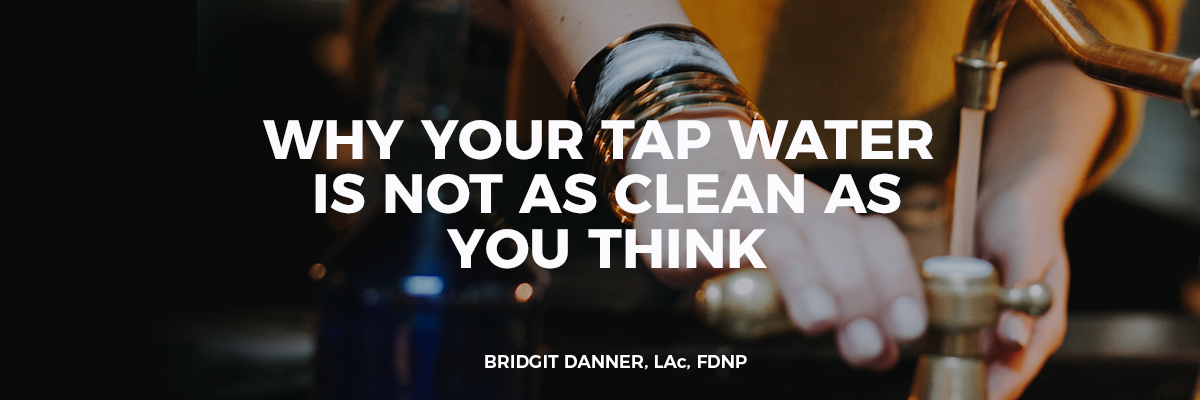




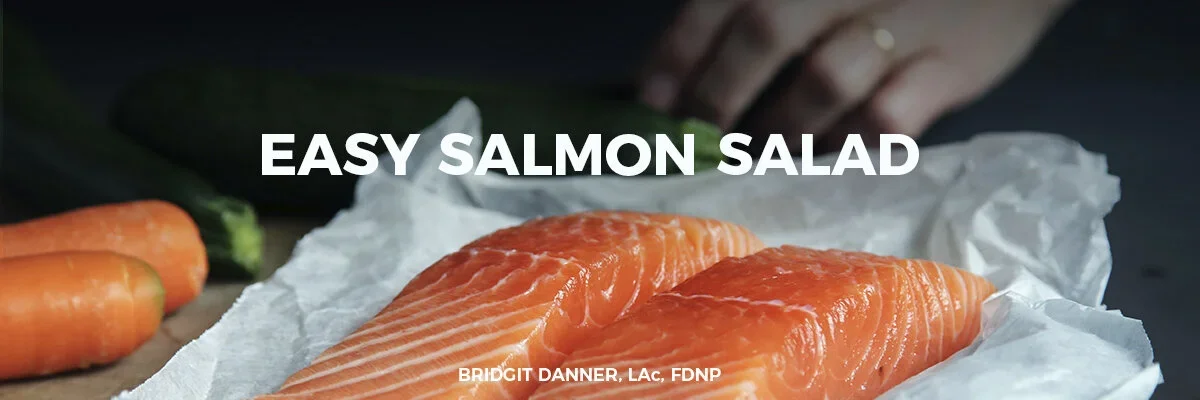
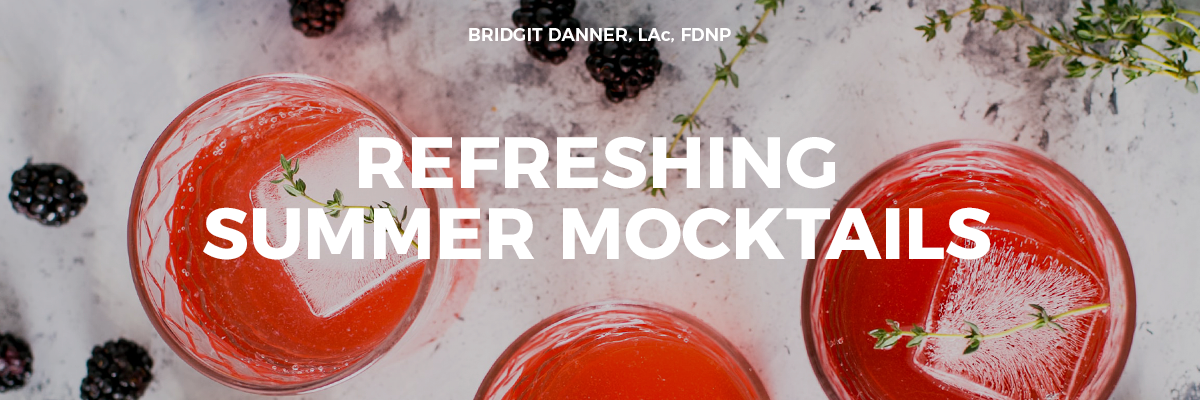
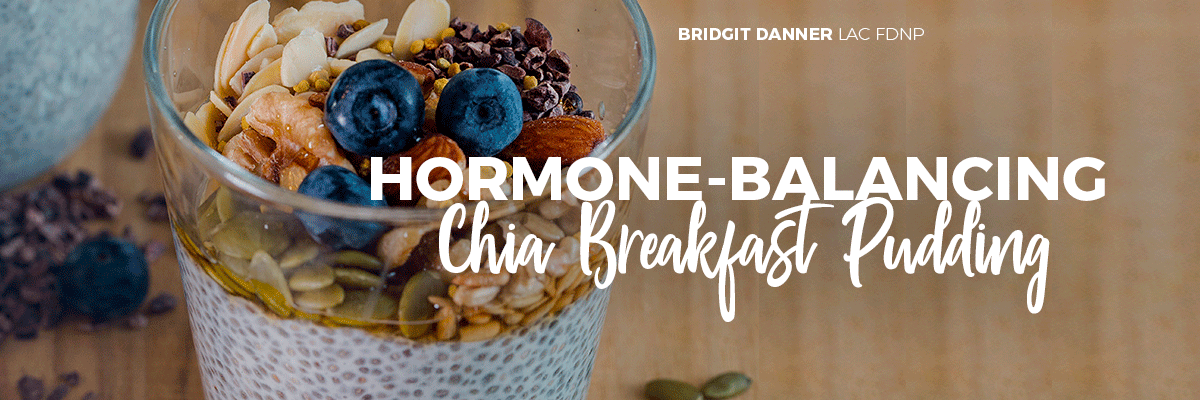
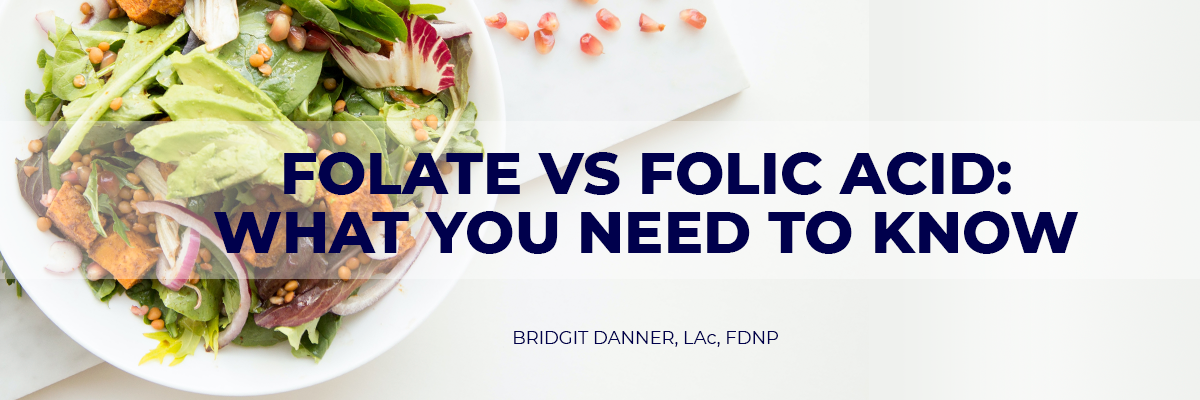
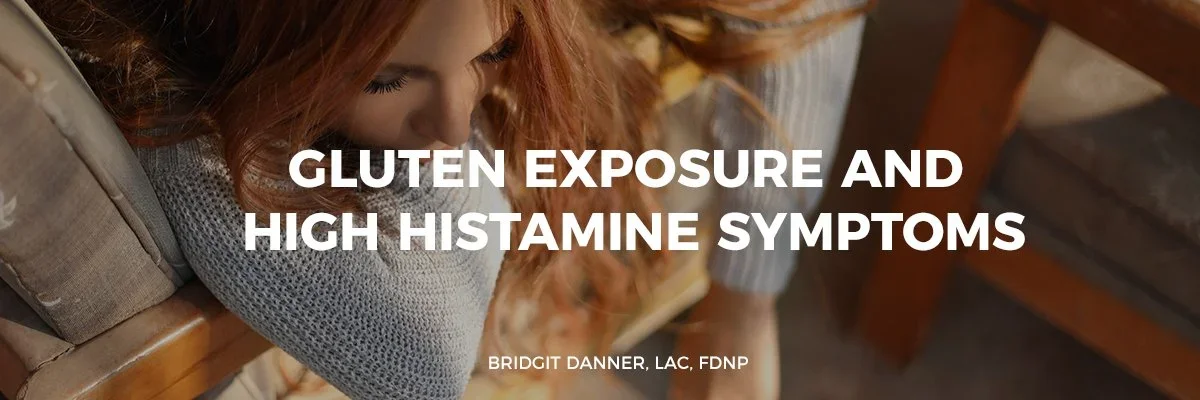

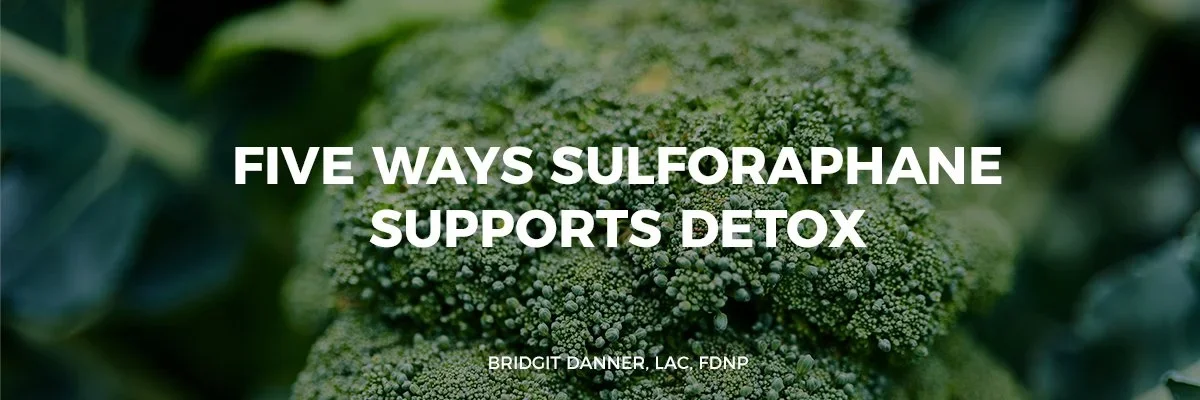

If you have a blender and fresh basil leaves on hand, making homemade pesto is surprisingly easy. The flavor is brighter and fresher than store-bought pesto, and you can adapt the ingredients to suit your diet and preferences. This recipe includes raw pumpkin seeds to make it seed-cycling-friendly.